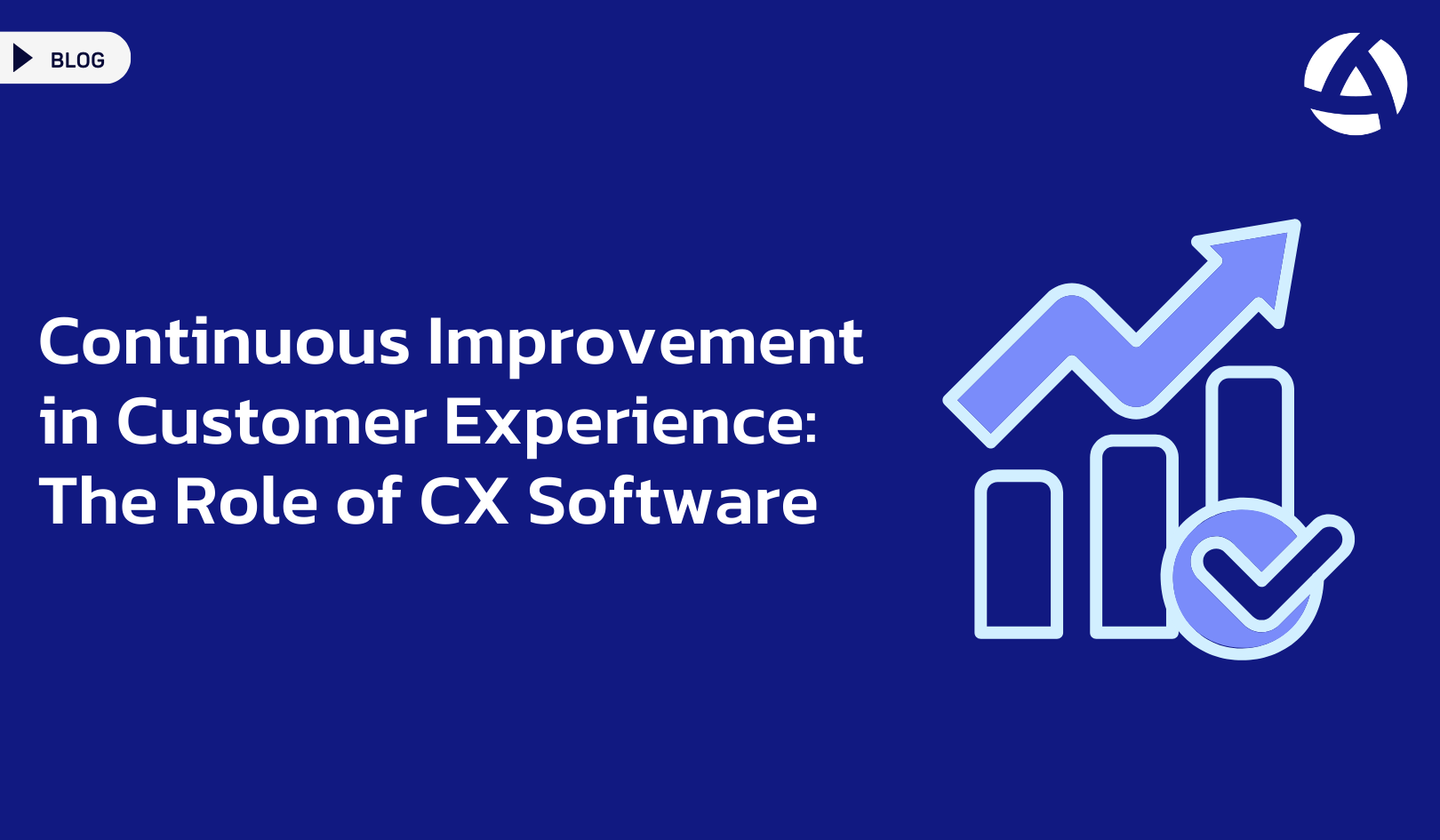Effective risk management is critical for any business aiming to maintain stability and ensure long-term success. One essential tool in the arsenal of modern risk management is Customer Experience Analytics. By leveraging these insights, companies can proactively identify potential risks, address issues before they escalate, and build stronger relationships with their customers.
Understanding Customer Sentiment
Customer Experience Analytics involves the systematic analysis of customer feedback and interactions across various touchpoints. By collecting and analyzing this data, businesses gain a deep understanding of customer sentiment. This insight is invaluable for risk management, as it helps identify early signs of dissatisfaction or potential crises. By addressing negative sentiment promptly, companies can prevent minor issues from turning into significant problems.
Enhancing Decision-Making
Data-driven decision-making is at the core of effective risk management. Customer Experience Analytics provides businesses with the data they need to make informed decisions. By analyzing trends and patterns in customer behavior, companies can anticipate potential risks and take proactive measures to mitigate them. This approach not only reduces the likelihood of crises but also enhances overall operational efficiency.
Identifying Operational Weaknesses
Customer Experience Analytics can reveal operational weaknesses that might otherwise go unnoticed. By examining feedback from various channels, businesses can pinpoint areas where processes are failing or where there are gaps in service delivery. Addressing these weaknesses proactively not only reduces risk but also improves overall customer satisfaction and loyalty.
Building Customer Trust
Trust is a cornerstone of any successful business relationship. Consistently delivering positive customer experiences builds trust and loyalty. Customer Experience Analytics helps companies understand what drives customer satisfaction and loyalty, allowing them to tailor their strategies accordingly. When customers trust a brand, they are more likely to remain loyal even in times of crisis, thus mitigating potential risks associated with customer churn.
Proactive Issue Resolution
One of the most significant benefits of Customer Experience Analytics is the ability to resolve issues proactively. By continuously monitoring customer feedback, businesses can identify emerging problems before they escalate. This proactive approach allows companies to address issues swiftly, minimizing their impact and preventing potential risks from affecting the broader business.
Enhancing Brand Reputation
A company’s reputation is one of its most valuable assets. Customer Experience Analytics helps protect and enhance this reputation by ensuring that businesses consistently deliver high-quality experiences. By addressing customer concerns promptly and effectively, companies can maintain a positive brand image, even in the face of challenges.
Streamlining Crisis Management
No business is immune to crises, but how a company responds can make all the difference. CX analytics provides the data and insights needed to develop effective crisis management strategies. By understanding customer expectations and sentiment, businesses can communicate more effectively during a crisis, ensuring that their responses are timely, relevant, and reassuring.
Competitive Advantage
In today’s competitive landscape, businesses that effectively manage risks gain a significant advantage. Customer Experience Analytics not only helps mitigate risks but also provides a competitive edge by enabling companies to deliver superior customer experiences. This differentiation can be crucial in attracting and retaining customers, especially in saturated markets.
Continuous Improvement
Risk management is not a one-time effort but a continuous process. CX analytics supports this ongoing process by providing real-time insights into customer perceptions and expectations. By continuously monitoring and analyzing this data, businesses can adapt their strategies and processes to stay ahead of potential risks and maintain a competitive edge.
Conclusion
Customer Experience Analytics is a powerful tool for effective risk management. By understanding customer sentiment, enhancing decision-making, identifying operational weaknesses, and building customer trust, businesses can proactively address potential risks and ensure long-term success. In an increasingly complex and dynamic business environment, leveraging Customer Experience Analytics is essential for staying resilient and competitive.




